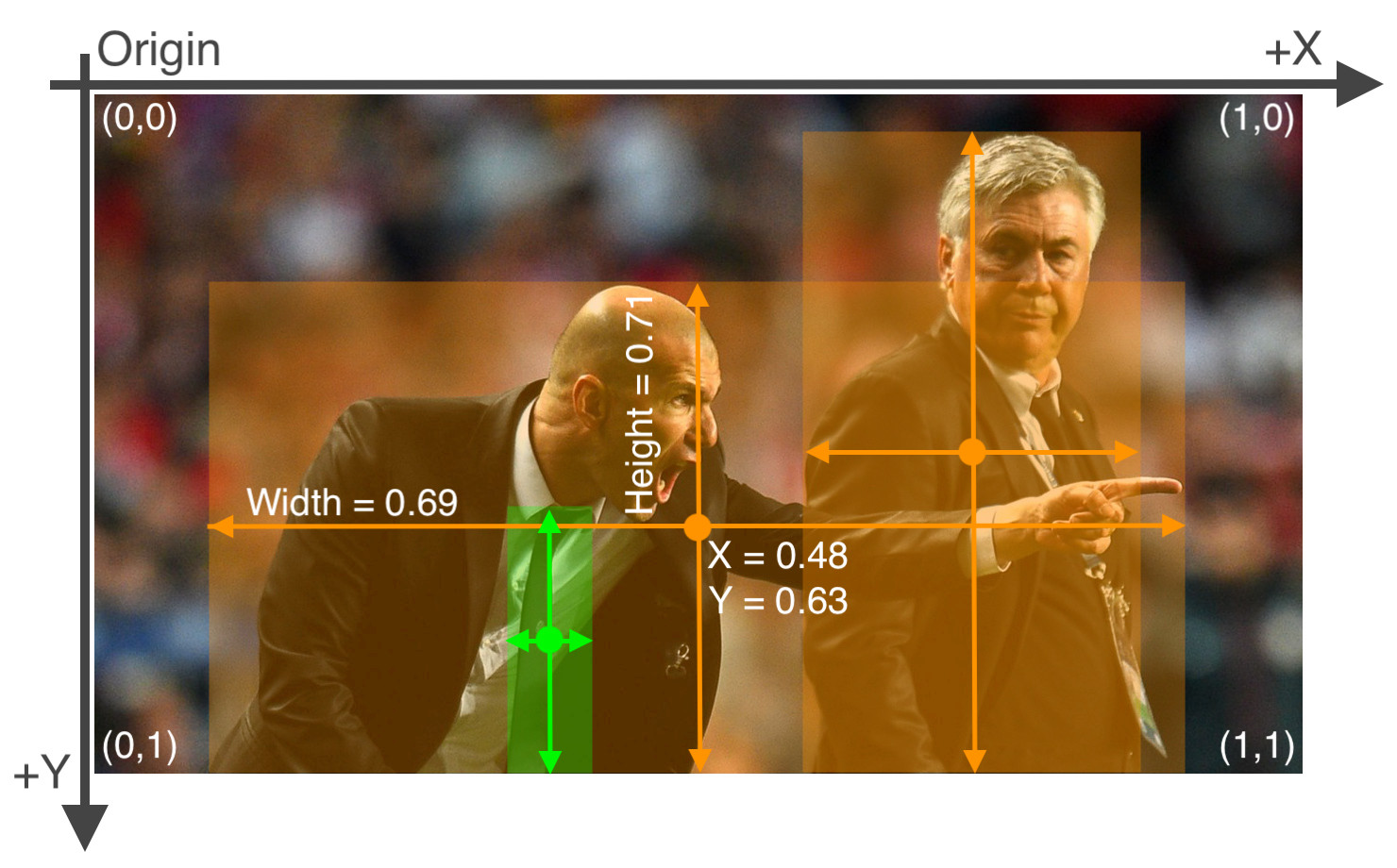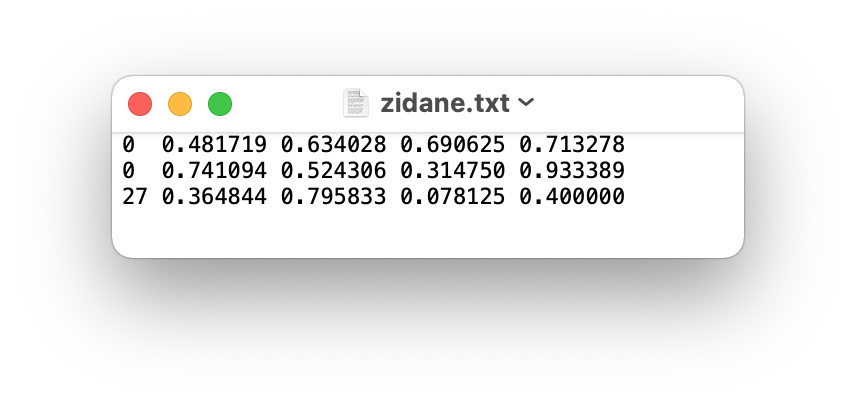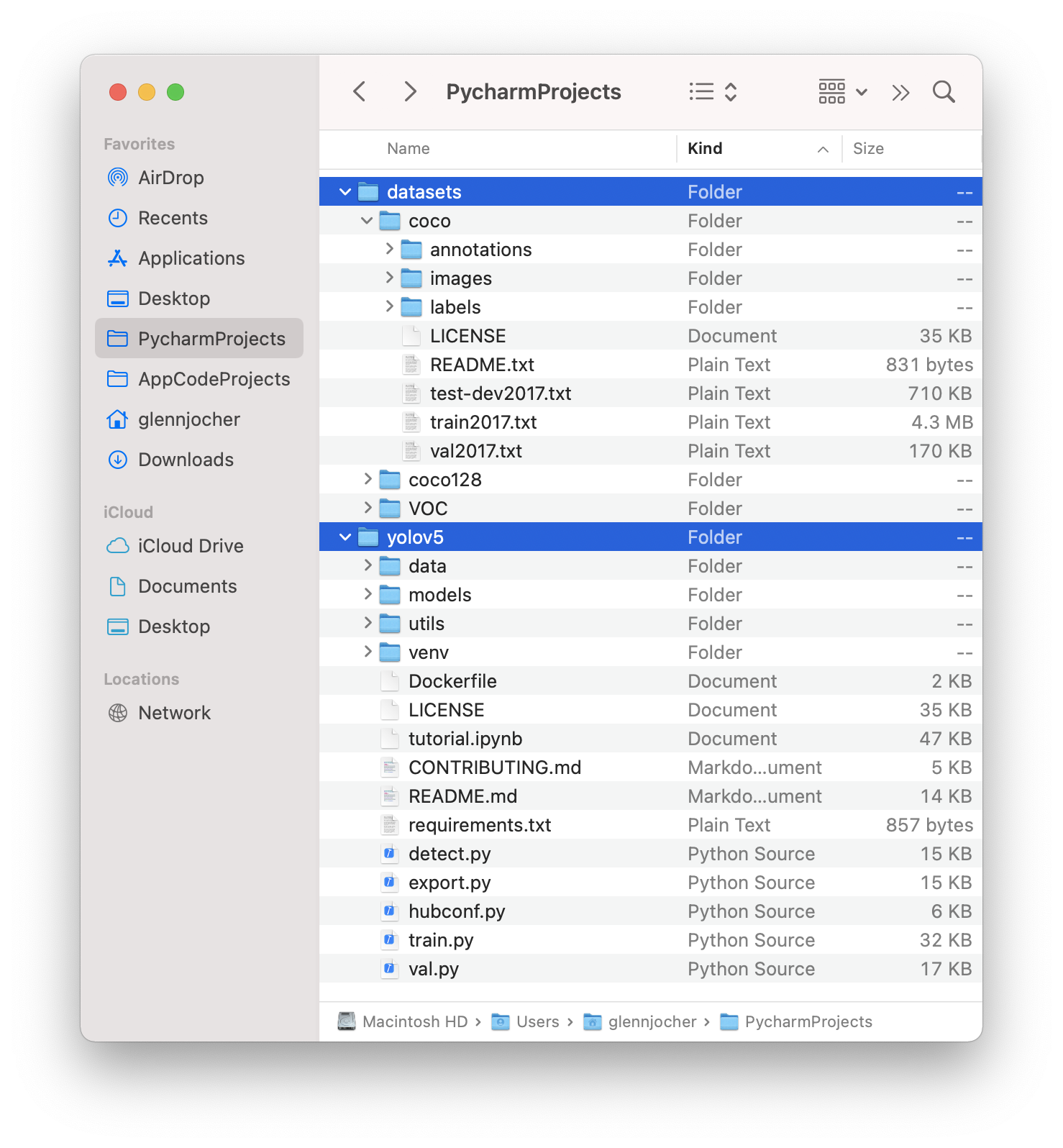👋 Hello @MarkDeia, thank you for your interest in YOLOv5 🚀! Please visit our ⭐️ Tutorials to get started, where you can find quickstart guides for simple tasks like Custom Data Training all the way to advanced concepts like Hyperparameter Evolution.
If this is a 🐛 Bug Report, please provide screenshots and minimum viable code to reproduce your issue, otherwise we can not help you.
If this is a custom training ❓ Question, please provide as much information as possible, including dataset images, training logs, screenshots, and a public link to online W&B logging if available.
For business inquiries or professional support requests please visit https://ultralytics.com or email support@ultralytics.com.
Requirements
Python>=3.7.0 with all requirements.txt installed including PyTorch>=1.7. To get started:
git clone https://github.com/ultralytics/yolov5 # clone
cd yolov5
pip install -r requirements.txt # installEnvironments
YOLOv5 may be run in any of the following up-to-date verified environments (with all dependencies including CUDA/CUDNN, Python and PyTorch preinstalled):
- Google Colab and Kaggle notebooks with free GPU:
- Google Cloud Deep Learning VM. See GCP Quickstart Guide
- Amazon Deep Learning AMI. See AWS Quickstart Guide
- Docker Image. See Docker Quickstart Guide
Status
If this badge is green, all YOLOv5 GitHub Actions Continuous Integration (CI) tests are currently passing. CI tests verify correct operation of YOLOv5 training (train.py), validation (val.py), inference (detect.py) and export (export.py) on macOS, Windows, and Ubuntu every 24 hours and on every commit.














Search before asking
YOLOv5 Component
Training, Validation
Bug
I used yolov5 to test with the demo dataset (coco128) and found that box and obj are nan. Also, there are no detections appear on validation images. This only happens on GTX1660ti devices (GPU mode), when I use CPU or use Google colab(Tesla K80) / RTX2070 for training, everything works fine.
Environment
Minimal Reproducible Example
The command used for training is
python train.pyAdditional
There are issues here also discussing the same problem.
However, I have tried pytorch with cuda version 11.5 (whose cudnn version is 8.3.0>8.2.2) and I also tried downloading cuDNN from nvidia and copy/paste the dll files into the relevant folder in torch/lib , the problem still can not be solved.
Another workaround is to downgrade to pytorch with cuda version 10.2(tested and it works), but this is currently not feasible as CUDA-10.2 PyTorch builds are no longer available for Windows.
Are you willing to submit a PR?